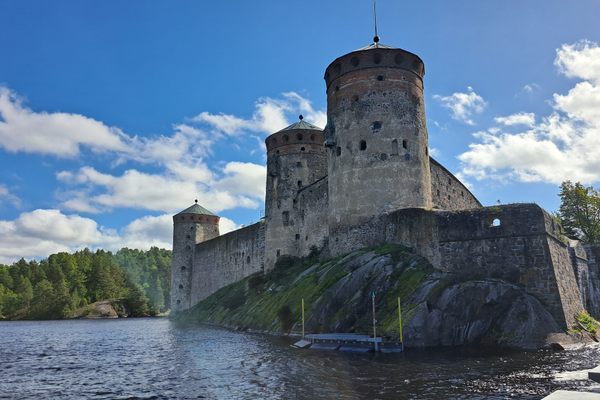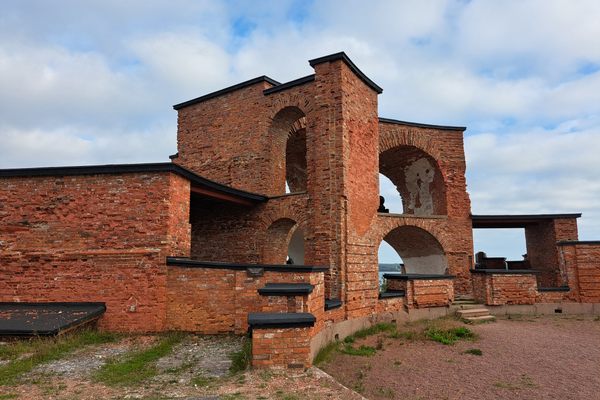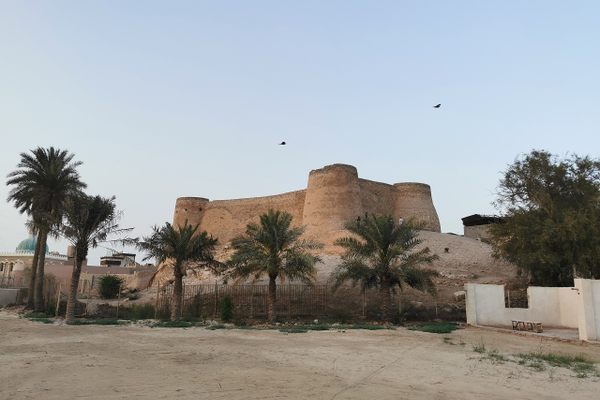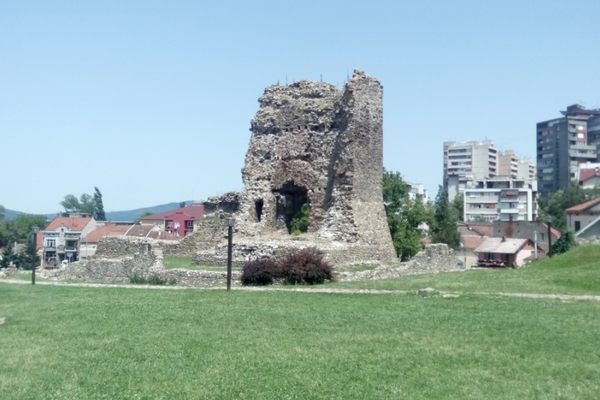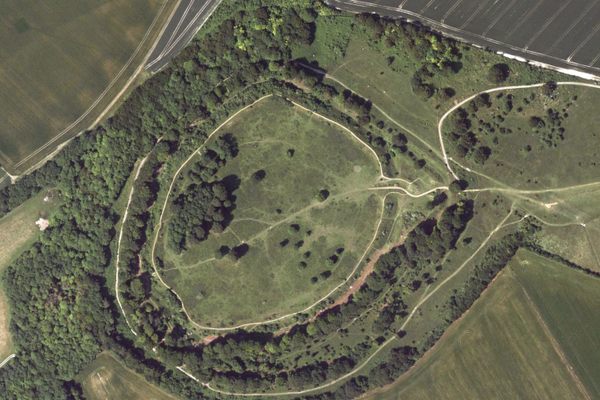About
Dating back to the 10th century CE, Salma Palace was built under the order of Prince Hammad Al-Jumaili to defend his territory from his neighbor and arch-enemy Sharif Hassan bin Abi Nami. An Arab historian by the name of Makki recounts that Sharif Hassan bin Abi Nami sent a 50,000-strong army to conquer territories belonging to Prince Hammad Al-Jumaili, who found shelter inside the fortified walls of Salma Palace. According to Makki’s account, a lengthy siege ensued, but the invaders eventually retreated after 40 days of unfruitful attacks.
Upon returning to Sharif Hassan bin Abi Nami, the army spokesman uttered the enigmatic phrase, “We found Salma below it in the water and above it in the sky,” to indicate that they did not manage to overcome the moat and high walls protecting Salma Palace.
The etymology of Salma Palace is a matter of speculation, but the most likely explanation is that members of the Al-Jamil Al-Hilal tribe were locally known as Salma’s brothers, and the palace was simply named after this moniker.
All the original inner and outer walls of the palace are made of mud, and most are still standing. The walls are approximately 10 meters high and a remarkable three to four meters thick at ground level, which leaves no doubt as to the defensive purpose of this building. The hexagonal shape of the outer walls is somewhat unusual for the region and it probably served a specific military purpose, but there are no documents elucidating this. At each of the five corners, a square-based watchtower is still standing, all equipped with triangular windows. A ditch along the perimeter of the outer walls is still visible today, a clear sign that a moat was there.
Triangular niches are an architectural feature that is ubiquitous on the inner walls of the palace, but also visible from the outside on the watchtowers. Some of these niches are strategically placed to draw silhouettes of bigger triangles, while others are aligned horizontally and placed in the upper part of an inner wall to form a frieze. The ceiling consists of palm stems or reeds supported by palm tree beams, in accordance with the traditional architecture of the region. Given the perishable nature of the building materials, parts of the Salma Palace are inaccessible.
The presence in some rooms of rudimentary electrical outlets suggests that the palace was inhabited until relatively recently. All the structures inside the palace have been abandoned, including a couple of recently renovated buildings, but some rooms are still used as animal shelters.
Related Tags
Know Before You Go
Salma Palace is located in the municipality of Al-Badie Al-Shamali, at the intersection of two rural roads that can easily be accessed by car.
Community Contributors
Added By
Published
August 19, 2022
































